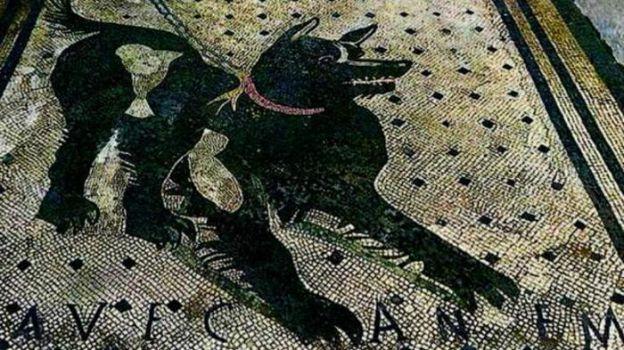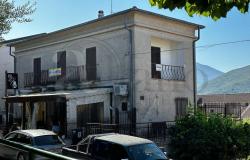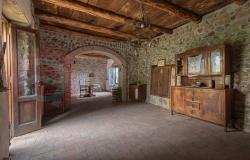Improvements at the archeological site of Pompeii continue with the restoration of one of its most famous symbols: the dog mosaic found in the vestibule of the Domus of the Tragic Poet.
The mosaic picture of a domesticated dog, leashed and chained, with the words “cave canem” (beware of the dog) written under the animal, greeted (or, well, warned) visitors upon entering the house. The figure served as protection over the more private quarters of the 2nd century BC Roman home, one of the most famous at the site thanks to its elaborate mosaic floors and frescoes depicting scenes from Greek mythology.
Following years of neglect, with accumulating mud and dirt, the mosaic has been gradually cleaned and it is now on display for the public to admire, protected beneath a transparent cover.
The work on the dog mosaic is part of a series of measures aimed at restoring and protecting Pompeii, a UNESCO World Heritage Site, which, at some point, risked withdrawal of the designation because it was not being safeguarded appropriately.
A 105-million-euro restoration project, named “The Great Pompeii Project” is under way. Thanks to this funding, Pompeii's largest house, Villa dei Misteri (Villa of the Mysteries), famous for its frescoes of the cult of Bacchus, reopened after a two-year restoration.
According to Italy’s culture ministry officials, more restored works and extended tourist routes through the site should also be offered soon.













